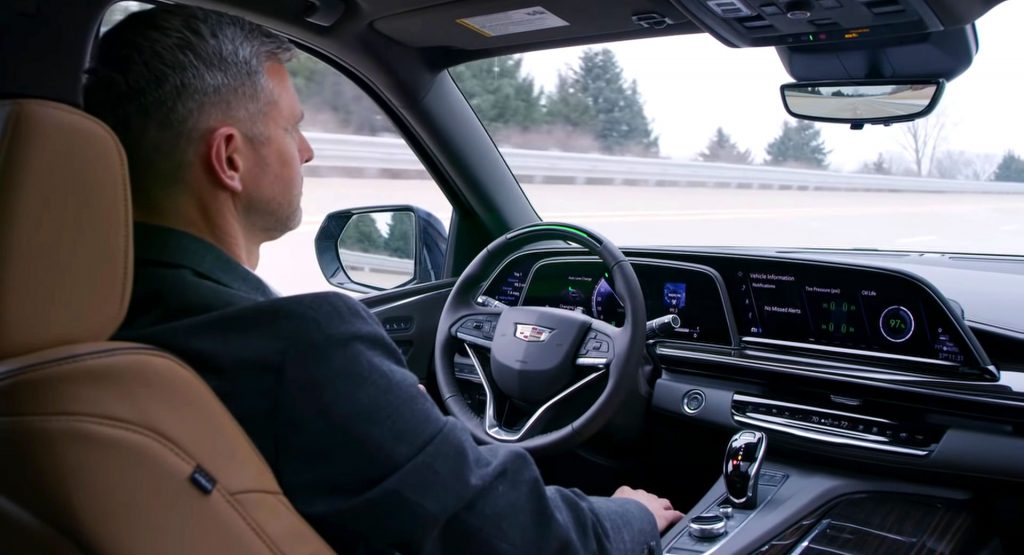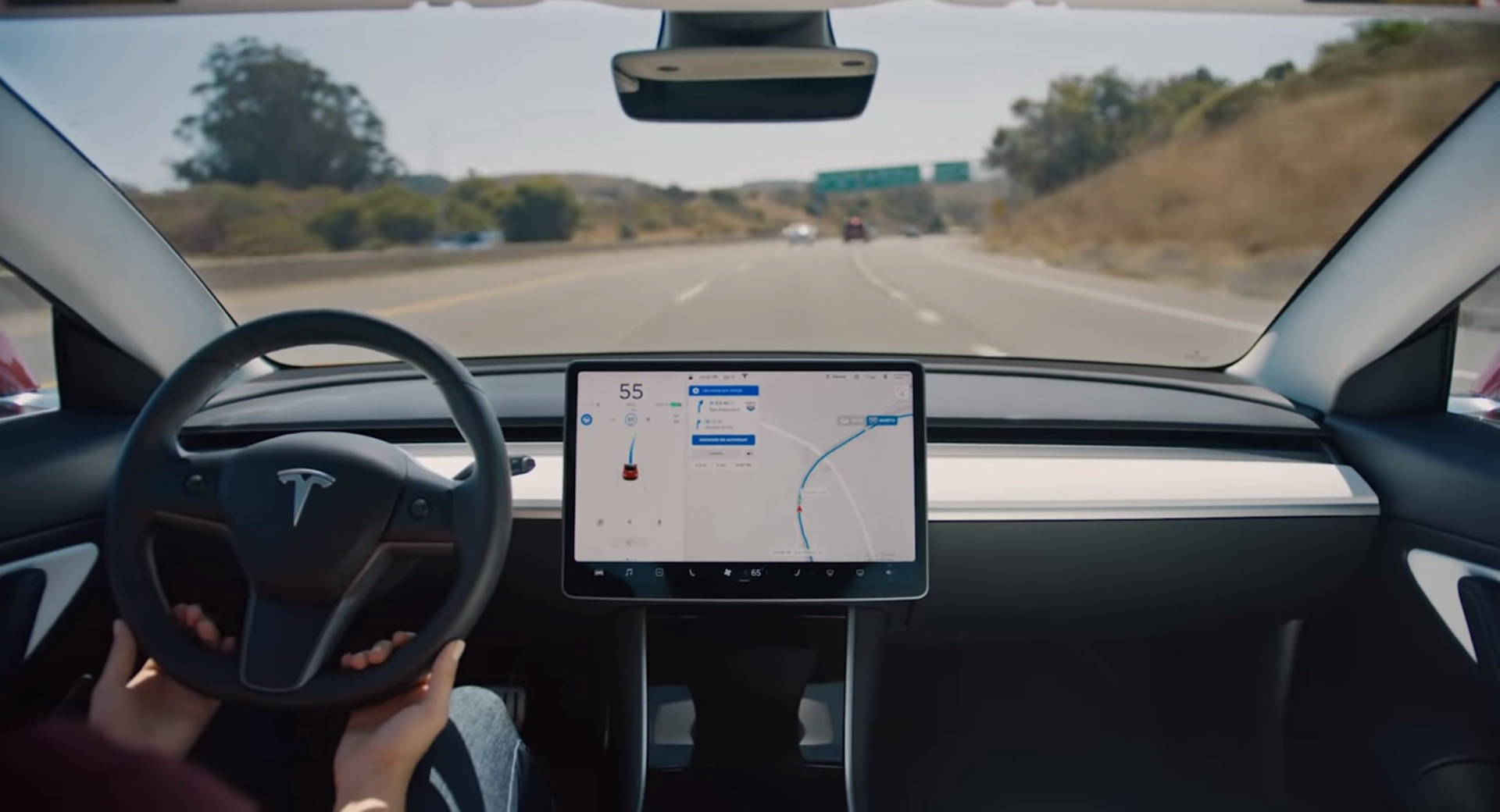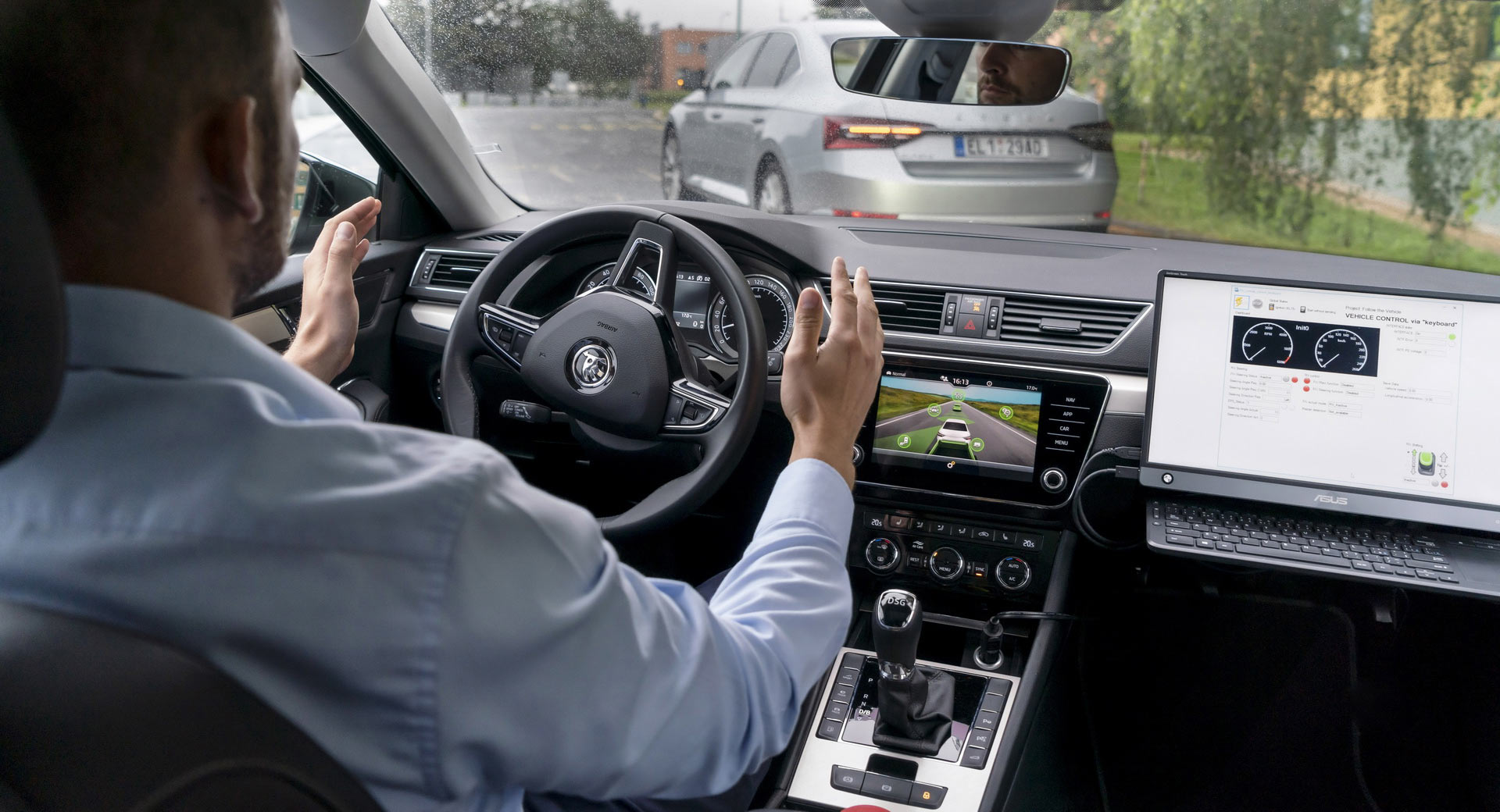Consumers have little accurate knowledge of self-driving vehicles and the majority of them are not ready for autonomous cars to become a reality, a new study has found.
J.D. Power’s 2022 U.S. Mobility Confidence Index (MCI) Study has revealed that 65 per cent of consumers are unable to accurately define fully automated, self-driving vehicles, with 56 per cent classifying current driver-assist technologies as self-driving systems.
The study conducted by J.D. Power, Partners for Automated Vehicle Education (PAVE) and the MIT Advanced Vehicle Technology (AVT) Consortium also found that consumers all use the terms assisted driving, driver assistance, and semi-autonomous when describing Level 2 and Level 3 assistance technologies.
Read Also: Study Finds That Majority Of Drivers Distrust Hands-Free Driving Systems
“Our message has remained consistent,” senior manager of auto benchmarking and mobility development at J.D. Power, Lisa Boor said. “Industry stakeholders must work together to ensure clear and consistent messaging, and the use of consumer-facing terminology is part of this. Understanding which words and phrases resonate with consumers can help manage misconceptions and improve consumer understanding of AVs, which is a common goal.”
Consumer readiness for self-driving vehicles was rated at 39 on a 100-point scale, representing a three-point decline from 2021. The study revealed that consumers have a particularly low level of comfort riding in a fully automated, self-driving vehicle and using fully automated, self-driving public transit. Additionally, 55 per cent of respondents said they would be willing to complete training to safely operate an autonomous vehicle. 87 per cent of those that say they know “a great deal” about autonomous vehicles said they’d be willing to complete training to operate them.
Of those included in the study, 26 per cent say they use active driving assistance features and of these, 41 per cent said current systems are the maximum level of automation that they are comfortable using.
“AV technology offers great potential to make our roads safer, to improve transportation equity and to provide more transportation options to more people,” added PAVE executive director Tara Andringa. “But we won’t realize that potential unless consumers understand the technology and know how to use it safely. These results show that we need to double down on our efforts to help consumers understand the technology, and we need to give the public clear, understandable language to use to describe these new features.”





